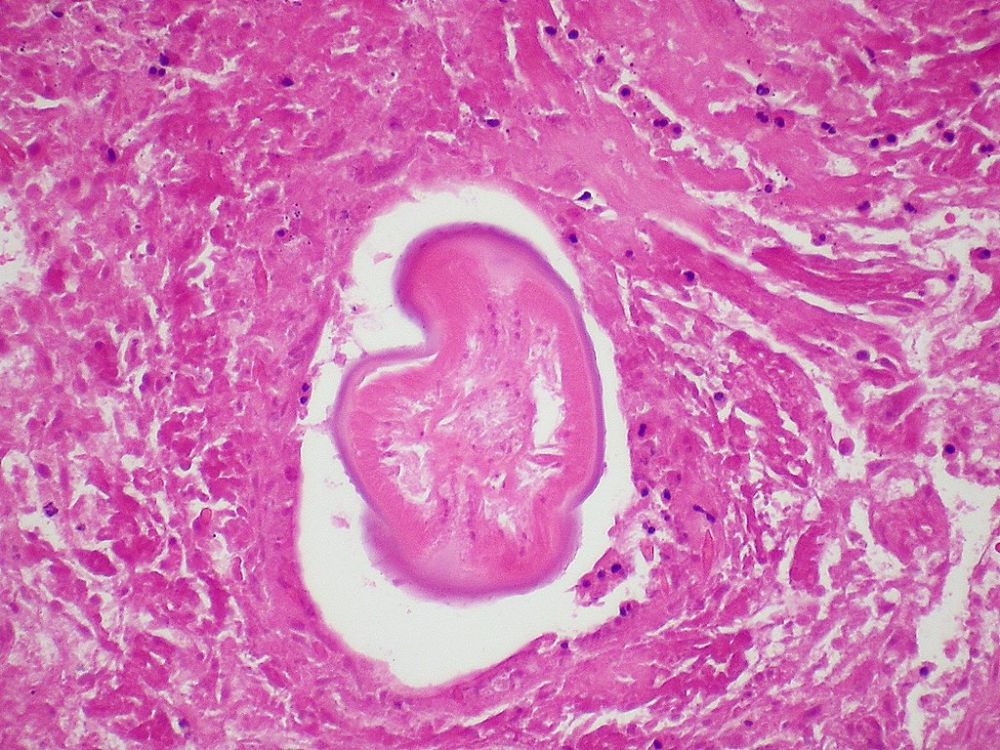
A Guide to Heartworm
Heartworm disease in dogs is caused by mosquitoes and spread by the Dirofilaria immitis parasite, resulting in coughing, difficulty breathing, and death.
Learn more about what causes this serious condition and how it is treated here.
Symptoms of Heartworm In Dogs
When dogs are first infected with heartworm, no symptoms are visible, and even a blood test won’t detect the disease at first. Signs of the disease start to appear during the final molt of the heartworm larvae when it arrives in the right ventricle and surrounding blood vessels. The artery lining is damaged within the next few days, and inflammation sets in. The damage caused by heartworm is, unfortunately, much faster than the body is able to heal itself, so the damage escalates.
Dogs begin to cough, have nosebleeds, experience shortness of breath, are exercise intolerant, and develop a type of pneumonia as well due to an increase in lung inflammation.
Treatment for Heartworm In Dogs
Treatment varies from one dog to the other, with each animal’s condition being evaluated separately, treated accordingly, and tailored to give a full recovery with the least side effects. Depending on the condition of their pet, dog owners, together with their vet, will decide which form of treatment will suite their dog best. There are two basic areas involved in the treatment for heartworm:
- Evaluating and stabilizing the patient for the treatment procedure
- Eliminating all forms of the heartworm parasite, including the adult, larvae, and microfilaria
Prognosis of Heartworm In Dogs
Any dog suspected of having heartworm disease will have a full medical history taken and will also undergo chest x-rays, routine blood chemistry tests, as well as a complete physical examination.
Heartworm is a dangerous disease, and one of the most severe signs of the disease is called the Caval syndrome, or Vena Caval syndrome, which causes an almost complete blockage of blood flow in the dog’s body, causing the dog to collapse. Very often, there are no signs of heart disease before the dog collapses, but when fainting and collapse do occur, severe shock sets in, red blood cells are destroyed, and death often follows within the next two days.
The only chance of survival, sometimes in these cases, is for the vet to remove the heartworms surgically from the heart via the jugular vein. If the vet can remove enough of the heartworms to allow the blood to flow freely again, then there is a slight chance of the dog surviving.
Areas and breeds affected by heartworm
Dogs throughout the world are affected by heartworm. The disease, however, is most common in the warm areas of the world where mosquitoes are present throughout the year. According to statistics, male dogs, more than females, are a bit more prone to the disease. Large-breed dogs, short-haired dogs, as well as dogs that are kept outside tend to suffer more from the disease than other dogs do.
